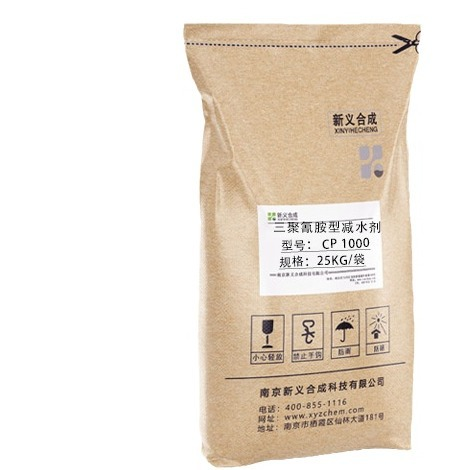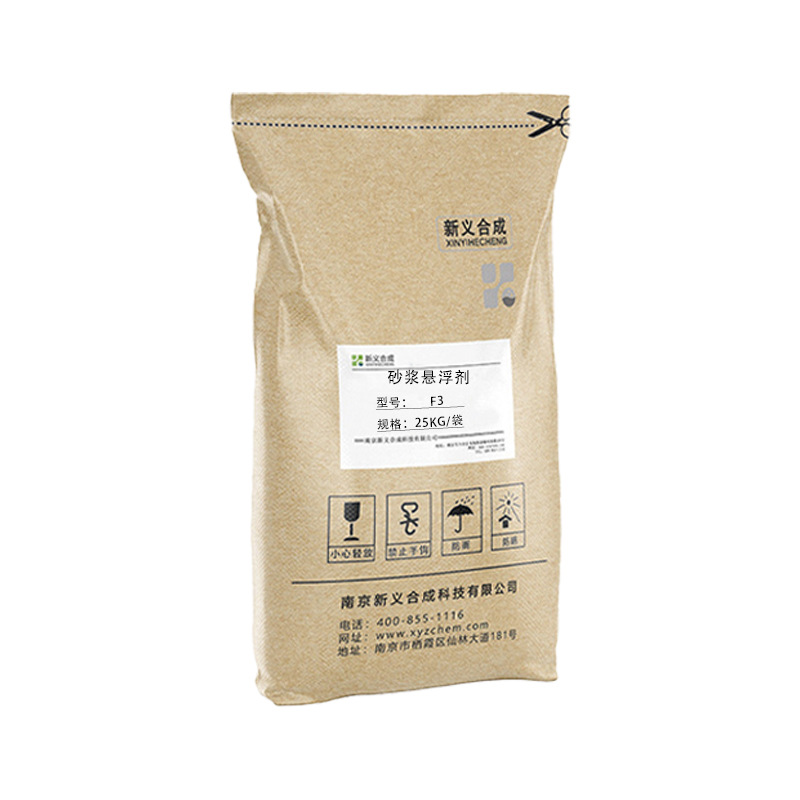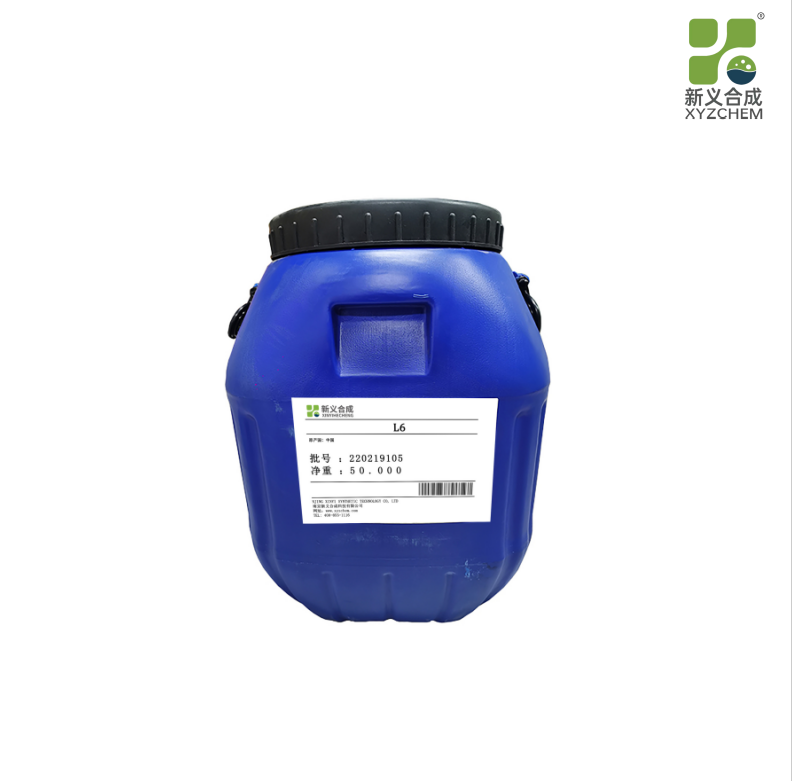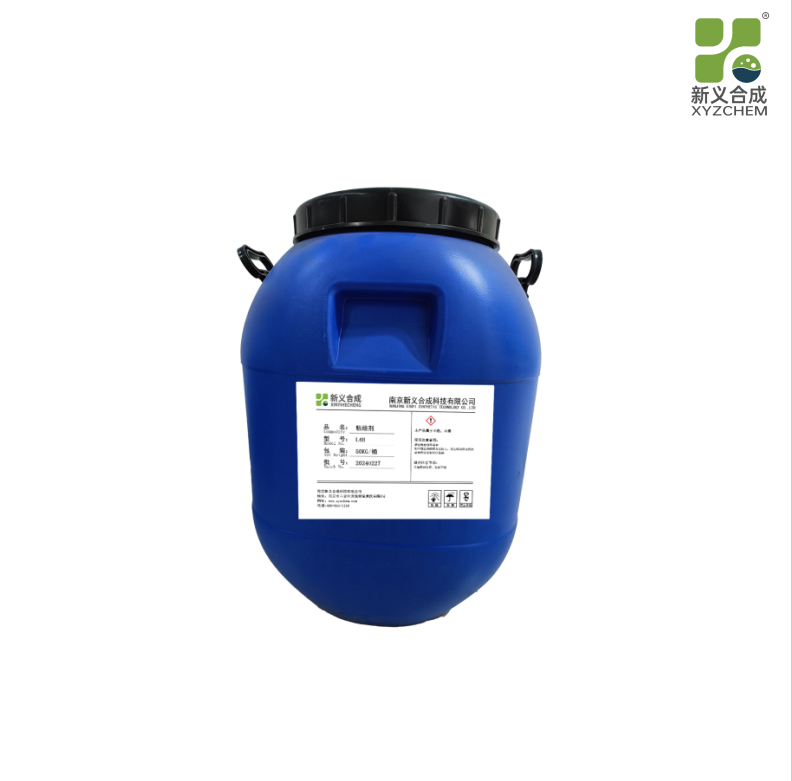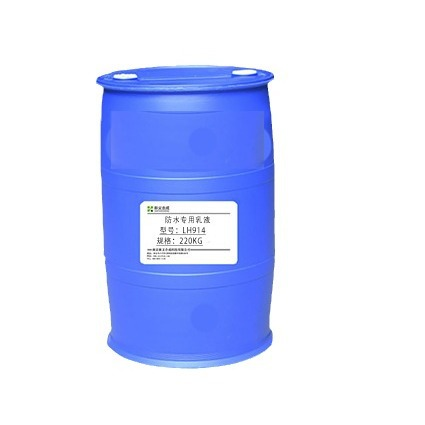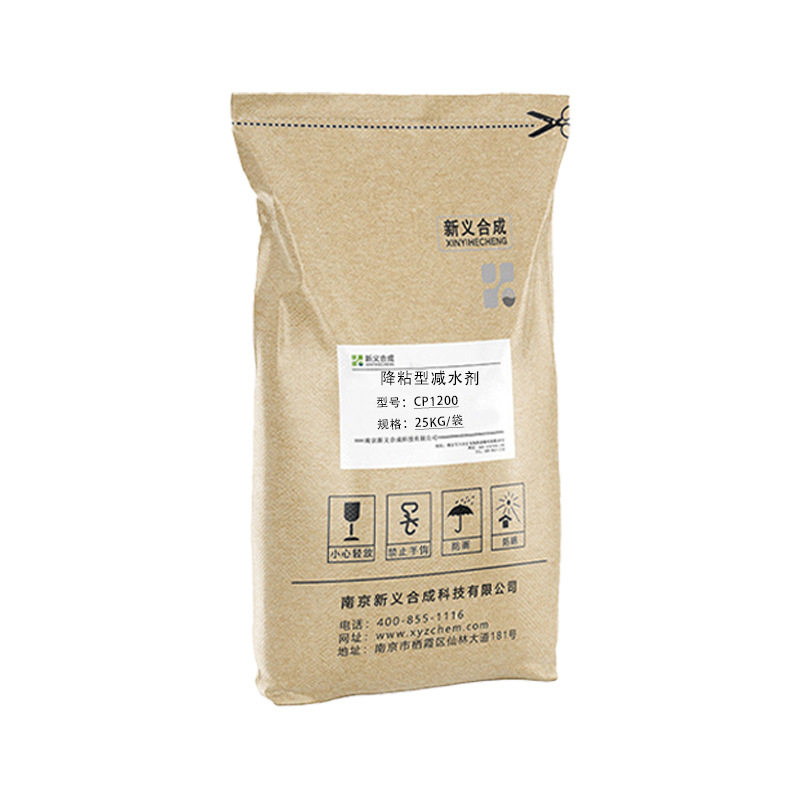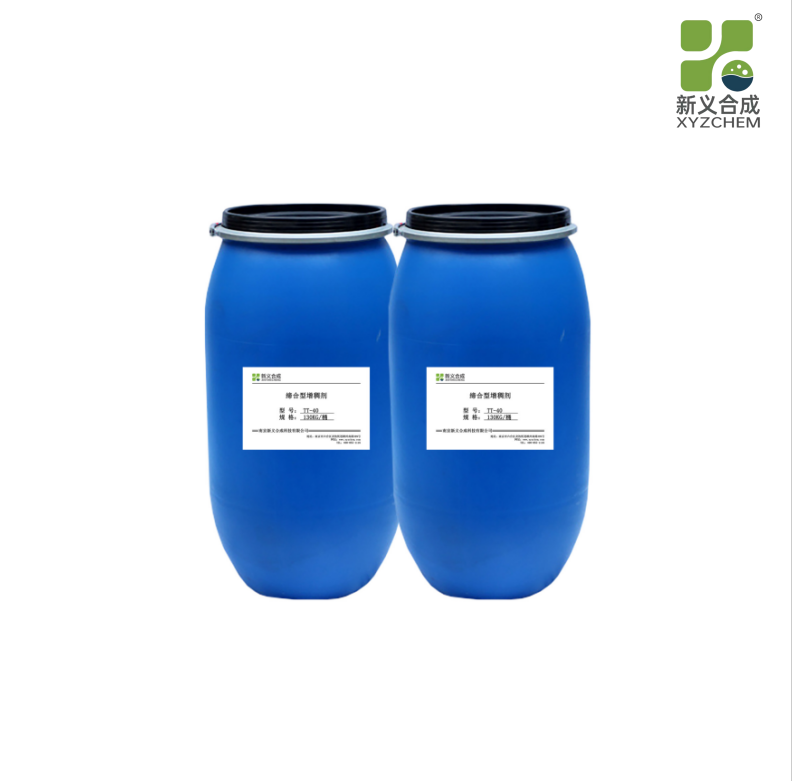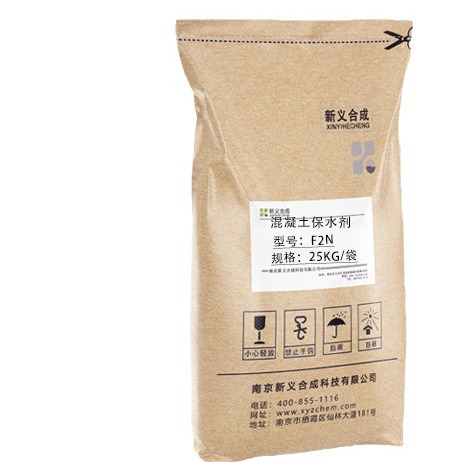With the rapid growth of my country’s infrastructure construction and the development of real estate development, in order to better meet the needs of the rapid development of modern buildings, concrete gradually moves towards the direction of high strength and high -enhancement. In order to meet the high intensity requirements, the scene is often mixed with high intensity. In the concrete, low -water glue ratio and high mineral blending materials are usually used, which leads to high high -strength concrete viscosity, resulting in high pumping pressure, poor filling performance, and increased construction difficulty.
In addition, with the continuous increase in the demand of the gravel aggregate market, the lack of natural sand and gravel resources and the continuous strengthening of the country’s ore resources and environmental protection, more and more concrete manufacturers have gradually adopted artificial sand with high stone powder content to replace natural naturally instead of naturally. Sand, which is also the reason for the large -scale concrete viscosity.
At present, there are many problems in the evaluation of concrete lower adhesives, which are mainly manifested in the following aspects: 1) There are many varieties of concrete adhesives and different performances. No unified evaluation method. The concrete adhesives are increasingly attracted by domestic and foreign researchers, and more and more related products are. Its development and use are very in line with the development situation of high -performance high -performance in today’s concrete.
Viscosity-reducing water-reducing agent is a chemical additive used in construction materials such as concrete. Its main function is to reduce the amount of mixing water and reduce the viscosity of concrete while keeping the slump of the concrete mixture basically the same. Improve the fluidity and workability of concrete. The following is a detailed answer about viscosity reducing water reducing agent:
1. Definition and function
Viscosity-reducing water-reducing agent is a surfactant composed of a hydrophilic group and a hydrophobic group. When the cement is mixed with water, the hydrophobic groups of the water-reducing agent will be directionally adsorbed on the surface of the cement particles, so that the surfaces of the cement particles have the same charge. Under the action of charge repulsion, the cement particles disperse each other and release the wrapped particles. Binds water, thus improving the fluidity of concrete. At the same time, the water-reducing agent can also form a layer of solvated water film on the surface of cement particles, which plays a lubricating role and further reduces the viscosity of concrete.
2. Types and characteristics
Type: Viscosity-reducing water-reducing agents mainly include polycarboxylic acid-based water-reducing agents, etc. Among them, polycarboxylate-based water-reducing agents are widely used in high-strength concrete and other fields because of their high water-reducing rate and good slump-preserving properties.
Features:
Low surface tension: The viscosity-reducing water-reducing agent has low surface tension, which can reduce the surface tension of cement slurry and is beneficial to the dispersion and lubrication of cement particles.
Good dispersion: By reducing the side chain length of polycarboxylate water-reducing agent molecules and introducing hydrophobic propylene oxide or ester groups, the thickness of the hydration film surrounded by the surface of cement particles can be reduced, releasing more More free water improves the fluidity of cement particles.
Environmentally friendly and non-toxic: Viscosity-reducing water-reducing agents are usually non-toxic, harmless, green and environmentally friendly products, which are beneficial to the preparation of green concrete.
3. Application and performance
Application: Viscosity-reducing water-reducing agent is suitable for various cement, coal ash, mineral powder and other cementitious materials, adapting to different mud (powder) content in cement, sand and gravel, as well as different temperatures, climate and other environmental factors. At the same time, it also has a good function of adjusting and controlling the consistency of concrete, and can effectively adjust and control the fluidity and time-dependent workability of low water-cement ratio concrete.
Performance: Viscosity-reducing water reducing agent can significantly increase the water reduction rate of concrete (usually ≥25%), reduce the viscosity of concrete, and improve the workability and construction performance of concrete. At the same time, it can also improve the adaptability of concrete to the environment, such as changes in temperature, climate and other factors.
4. Precautions for use
When using viscosity-reducing water-reducing admixture, the dosage and usage method should be reasonably determined based on the specific requirements of the concrete and the performance characteristics of the water-reducing agent.
Water reducing agent should be stored in a cool, dry and ventilated warehouse, away from direct sunlight and high temperatures.
When using water-reducing agents, care should be taken to prevent exposure to sunlight and rain, so as not to affect its performance and effectiveness.
In summary, viscosity-reducing water-reducing admixture is an important concrete admixture that improves the working performance of concrete by reducing its viscosity and improving its fluidity. When used, it should be selected and used reasonably according to the specific situation to ensure the quality and construction efficiency of concrete.
